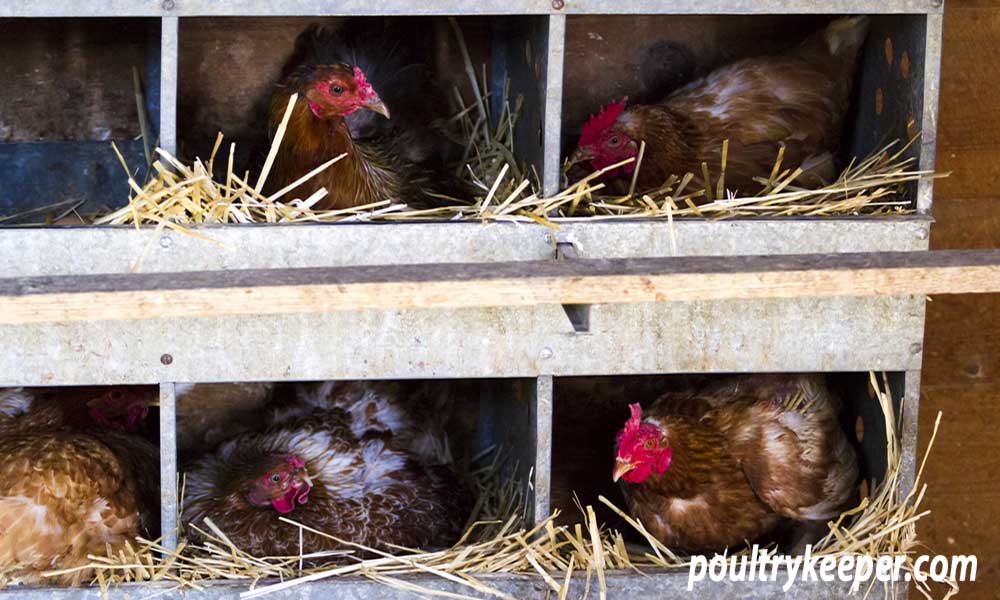
Guide to Nesting Boxes
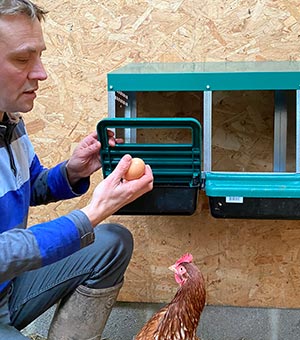
In this guide, I focus on chicken nesting boxes and getting our hens to use them for the correct purpose: laying eggs for us!
I discuss how many nest boxes per chicken you will need, what bedding material to use inside them, and how to stop your chickens from sleeping in their nesting boxes.
If you want to build a DIY nest box, I provide the dimensions for different size hens, and I also look at some popular nest boxes if you would prefer to buy chicken nest boxes rather than build them.
Chickens like to lay their eggs in dark, private places. They want some soft bedding to create a hollow or nest for their eggs and like nests that already have eggs. Maybe they think it must be a great place to lay because another hen has already laid an egg there!
Although most chicken houses come with nesting boxes already built-in, there are times when we need to build or buy stand-alone chicken nesting boxes, such as when converting a second-hand garden shed into a chicken house or when making a chicken coop of your own.
How many nesting boxes per chicken?
Does each hen need a nesting box?
Chickens will spend, on average, 25 minutes sat in the nestbox when laying an egg. If another hen wants to use it during that time, and there isn’t an available nestbox, she may climb into the same one, so if you don’t have enough nest boxes for your chickens, you may get broken eggs.
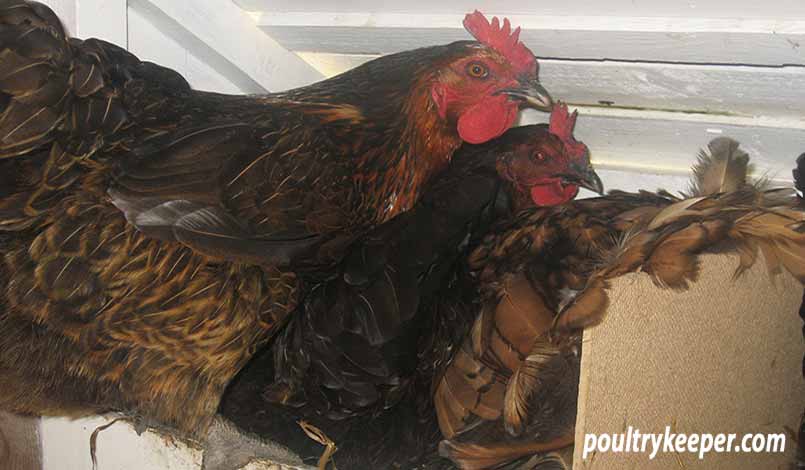
Broken eggs can lead to vices like egg eating. Once a hen starts eating eggs and gets to like the taste, she may begin to break and eat eggs, which is discouraged for obvious reasons!
Each hen doesn’t need a nesting box because the probability of all of your hens wanting to lay simultaneously is extremely small. The minimum number of chickens we should keep together is three (because chickens need company and like to live in small flocks), so let’s start by saying we need at least two chicken nesting boxes for three hens. After that, you will need an additional nestbox for every extra three to four hens as a general rule of thumb.
For example, how many nesting boxes for six chickens?
We need two for three hens plus another box for the additional three, so a total of three nesting boxes for six chickens.
I have put this into a table; you can check how many boxes I recommend for the number of chickens you have in your flock:
How many nest boxes per chicken?
The number of chickens laying at any time will depend on several factors, such as the breed (hybrids often lay more than pure breeds) and the time of year (hens lay the most eggs in spring). If you find your chicken’s nest boxes full, you may need to reduce the number of hens or add additional nesting boxes.
The rule of thumb is what I have found to work well for me here in the UK, keeping both productive utility pure breeds and hybrids during my time raising chickens, so it should work for most people.
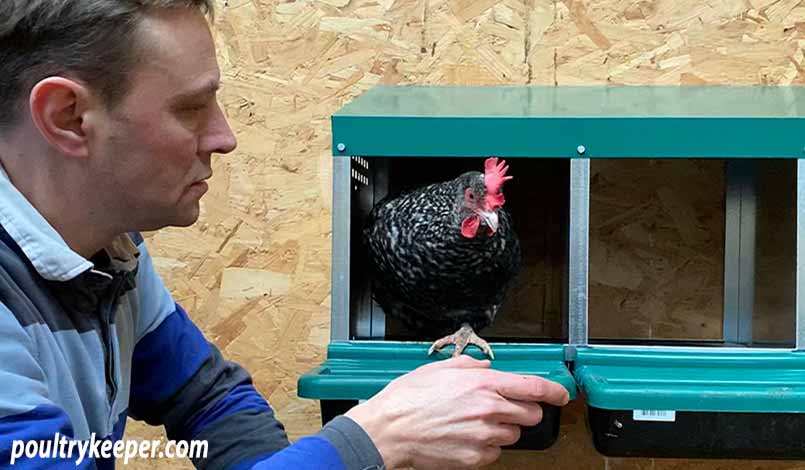
Chicken nest box size
What are the dimensions?
A nest box should be big enough for a hen to enter and sit comfortably, but not so big that two hens can squeeze in together. Chickens will often be happy to lay in the same nest, but it often leads to broken eggs.
The inside dimensions for nesting boxes vary according to the size of hens.
- Large breeds (e.g. Orpingtons, Marans, etc.) = 35cm/14″ wide & high by 35cm/14″ deep.
- Small breeds (e.g. Leghorn, Cream Legbar, etc.) = 30cm/12″ wide & high by 30cm/12″ deep.
- Bantam breeds (e.g. Dutch, Japanese, Sebright, etc.) = 25cm/10″ wide by 25cm/10″ deep.
Add a lip of wood about 10cm/4″ high along the front to stop eggs and bedding material from coming out.
A rail, about 15cm/6″ away from the nesting boxes’ entrance, is useful, so hens have something to land onto before entering the box.
How to make chicken nesting boxes
The good news is that making a nesting box for chickens is straight forward. The materials can be offcuts from other jobs, or you can go out and buy a sheet of material to use from a local DIY store.
I have used timber, ply, sterling board and even an old flat-packed cupboard from Ikea to make nesting boxes for chickens. The dimensions don’t have to be exact.
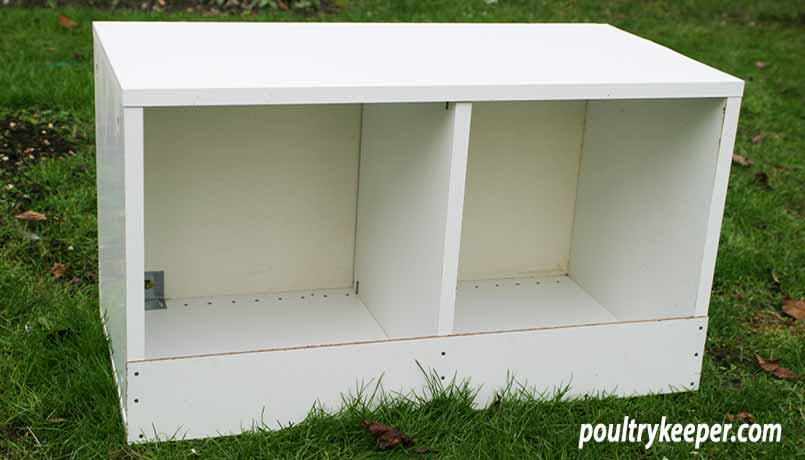
Tools you will need...
To make your nesting boxes, you will need a tape measure, straight edge and pencil to measure and mark the wood. A hand saw or circular saw (or jigsaw and a steady hand) is needed to cut the wood. To put it all together, you will need a hammer and 40mm nails. If you are making a lifting lid, don't forget a pair of hinges and a latch to stop it being lifted by a predator.
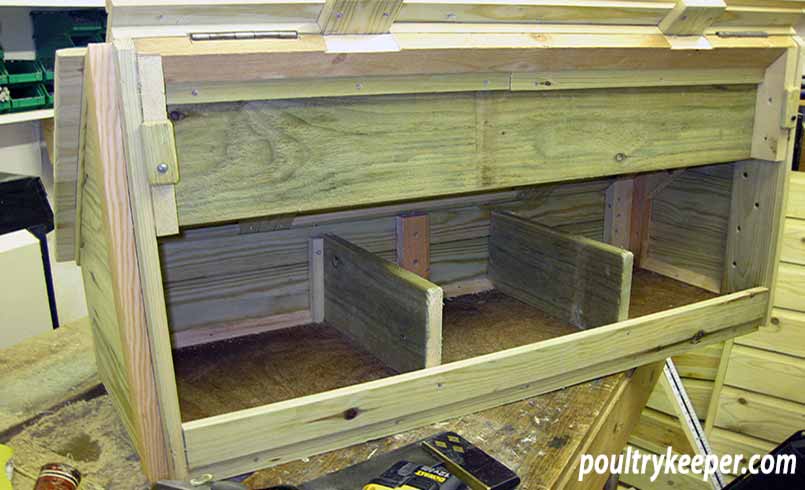
If you are going to DIY chicken nesting boxes, you can get some great ideas from Pinterest. Nest boxes don’t always have to be square boxes! Although I would make sure that you can clean them out quickly.
What bedding material to use in nest boxes?
I have used everything from straw to chopped cardboard and shredded paper. Hens don’t seem to mind. They are not so keen on nests without bedding (such as when using roll-away nesting boxes). The most popular bedding is straw.
The aim is to provide (as much as possible) a natural nesting environment to make her want to lay in the nest and to pad the nest to protect the eggs she lays.
Nest box bedding material will need to be changed when it gets dirty. Hens should be discouraged from sleeping in their nest boxes at night because they will leave muck in them, covering your eggs in unwelcome bacteria. It is best to change bedding if this happens or if an egg breaks.
I wrote an article on the best bedding material for poultry if you would like to see the different types I have tried in our coops.
How to get chickens to use a nesting box
How high to mount nest boxes?
Firstly, choose a good location. Hens prefer nesting boxes that are private and darker than other areas of the hen house. Choose the darkest wall of the coop.
Next, to get hens using a new nestbox, place it on the floor for the first couple of weeks, then once they are using it, mount it at 50cm (approximately 18 inches) from the coop floor.
Nest box locations just off the floor tend to work better than high places. Try to ensure roosting bars are higher than nest boxes. This discourages hens from roosting in nesting boxes at night.
Sometimes, all it takes for them to start using a nest box is to hang or nail an old sack over the top half of the entrance to make it a little darker and private inside.
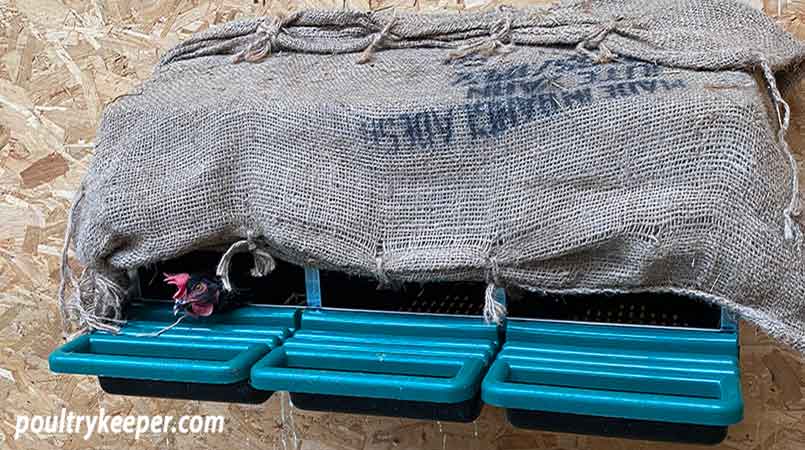
If you still have difficulty getting your hens to lay in the right place, try to block off the other sites they have found and pop a few rubber dummy eggs into the nesting boxes. They will think other hens have been laying in there and will usually find it a more attractive option.
There is further information on getting chickens to use nest boxes in this article: Chickens Laying Eggs on the Floor.
Roll-away egg trays/nest box
A roll-away nest box contains a sloping tray.
When a hen lays an egg in the nest and the hen leaves, the egg will roll gently into a collection box that stops hens from egg-eating or merely stepping on the eggs.
The plastic Chickbox nests here use roll-away nest box inserts.

I have found difficulty getting hens to lay on the plastic tray, without any nesting material. If you add material such as straw, it will block the collection box and stop the egg from rolling away.
The best course of action is to use nesting material until hens get used to the new nest. Providing there aren’t other more comfortable nests, they should continue to use the roll-away nest boxes.
Buying chicken nesting boxes
If you don’t want to build your own nest boxes, of course, you can buy chicken nesting boxes. I have purchased a few different designs; some have been better than others!
I show the two I would recommend below.
The ChickBox
The plastic Chickbox is available in yellow or brown. They use roll-away trays and the interlock to form a bank of nest boxes.
The rail at the front lifts, so the nest box can be closed off at night if you need to discourage hens from sleeping inside them.
The yellow box soon gets dirty; I prefered the brown because it doesn’t show the dirt so much. They are straightforward to clean.
My dislike is the flat top. Hens can perch on the top at night, making a mess, but if you want to stack a couple of rows of boxes, it does allow you to do that.
There is further information in my ChickBox Plastic Nestbox Review.
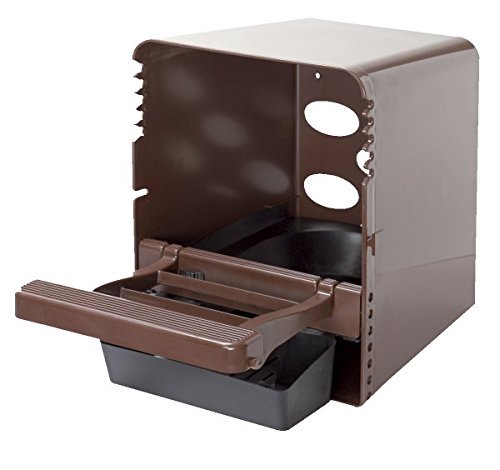
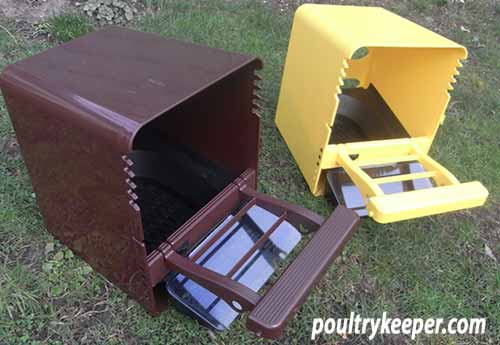


The Gaun Nesting Box
The Gaun nestboxes are metal with plastic egg trays and front rails. They come flat-packed and need bolting together. It feels a little flimsy at first, but it is perfectly sound once it’s completed and screwed to the wall.
The Gaun nesting box also uses roll-away egg trays to prevent eggs from breaking. The plastic rail at the front lifts to reach the eggs and can be removed easily for cleaning.
The roof is sloping, so hens cannot roost on top of them, but this does make it difficult to stack rows of nesting boxes.

